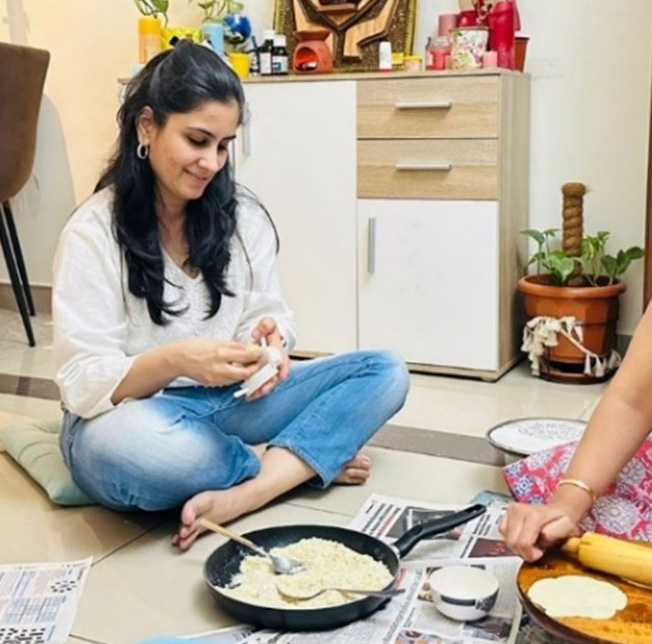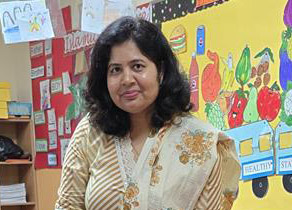
The smell of freshly fried chaklis, the sparkle of diyas, and the hum of laughter around the house—Diwali always brings back happy memories. Preparations would begin months in advance: stitching colourful lehengas from mom’s old sarees, visiting melas, enjoying Ferris wheel rides, and waiting eagerly for the first box of crackers. The festival isn’t only about lights or fireworks, but also about the irresistible sweets and snacks that filles every home.
Diwali, the festival of lights, is truly a celebration of family, joy, and sharing. I fondly remember my grandmother making chakli, namak para, and gujias—the delicious aroma filling the house while everyone hovered around, eager for the first batch. Those shared moments turned ordinary recipes into extraordinary memories.
Today, however, conversations around festivals often revolve around sugar, calories, and the dreaded “festive weight gain.” But Diwali sweets need not be viewed as guilty pleasures. Traditional homemade recipes use ingredients that nourish as much as they delight. Ghee, nuts, seeds, pulses, wheat flour, millets, and coconut add flavour and provide energy, warmth, and nutrition—just what our bodies need during cooler months.
One of my favourite traditions is involving children in the sweet-making process. Kneading dough for gujias, rolling out chaklis, or shaping laddoos isn’t just fun—it’s a way to pass down stories, laughter, and family recipes. Children learn that food is more than taste; it is culture, memory, and care. Even those with health challenges, like diabetes, can join with moderation and mindful recipes, making celebrations inclusive and joyful.
For school gatherings, balance is the key. Alongside mithai, thoughtful options like mini cupcakes, fruit skewers, or fun-size chocolates paired with nuts or laban can help prevent sugar crashes.
I often recommend the “half-and-half rule”: fill half the plate with festive treats and the other half with nourishing foods. This way, children enjoy their favourite goodies without overindulging, and parents feel reassured that balance has been maintained.
Most importantly, we must remember that festivals are not the time for dieting or skipping meals. Instead, mindful choices make the difference. Stay hydrated, enjoy your Diwali thali without guilt, and keep portion sizes reasonable. A plate that combines both indulgence and nourishment allow us to celebrate freely while taking care of our well-being.
By celebrating mindfully today, we can pass down not just recipes, but the spirit of Diwali: a festival of joy, balance, and true togetherness.
May this Diwali light up your homes with health, happiness, and countless sweet memories.
ANIKA MALHOTRA
NUTRITIONIST




